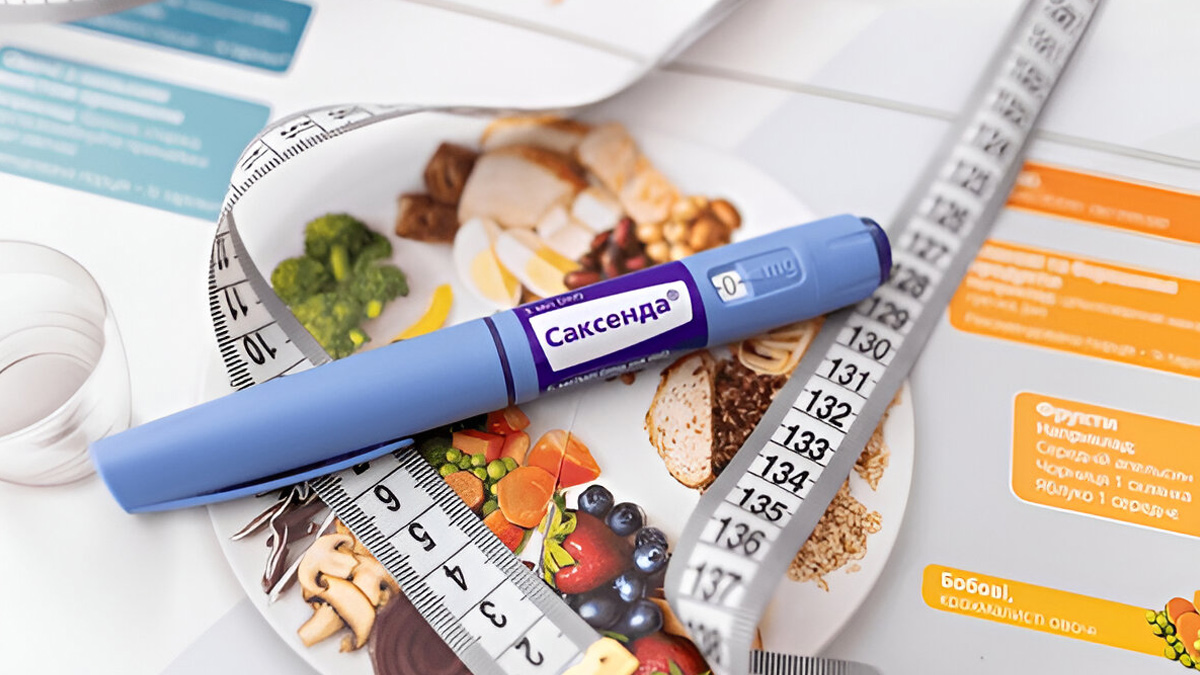
As medications like 'Wegovy' and 'Ozempic' (GLP‑1 receptor agonists) become more common in weight‑loss strategies, US hospitals are emphasising that drugs alone aren’t enough; nutrition plays a crucial role too. One hospital recently introduced the MEAL plan, a framework designed to optimise weight‑loss benefits while minimising side effects. Here's your complete guide.
Table of Content:-
According to the JAMA Internal Medicine, GLP-1 receptor agonists (semaglutide [Wegovy, Ozempic, Rybelsus]) and dual incretin agonists (tirzepatide [Zepbound, Mounjaro]) are drugs that reduce appetite, increase fullness, slow digestion, and assist in managing blood glucose. They are among the most prescribed therapies for obesity.
What is the MEAL Plan For Those Taking Weight Loss Drugs?

MEAL stands for:
- M – Muscle maintenance
- E – Energy balance
- A – Avoid side effects
- L – Liquid intake
This plan forms the cornerstone of an integrated approach to weight‑loss medications, combining disciplined eating and hydration with physical activity.
M – Muscle Maintenance
Weight‑loss drugs often curb appetite, which can inadvertently reduce protein intake.
If you are on a calorie-restricted diet, the effect is compounded, resulting in muscle loss, the opposite of what is desired. The MEAL plan promotes:
- Adding at least 20–35 g of protein per meal from sources like eggs, poultry, fish, dairy, and legumes
- Incorporating resistance or strength training to preserve lean mass
- Preserving muscle helps maintain metabolic rate, strength, and overall function, vital when you’re losing weight.
E – Energy Balance
It can be tempting to let medications lead to dramatic calorie reduction, but your body still needs sufficient energy for daily activity and organ function. The plan suggests:
- Tracking daily intake to ensure you're not underfueling
- Choosing whole grains, lean proteins, healthy fats, and fibre-rich fruits and vegetables
- Recognising that too few calories can cause hormonal imbalances, fatigue, and rebound weight gain
A – Avoid Side Effects
Weight‑loss drugs may cause nausea, constipation, or diarrhoea. The MEAL plan offers practical tweaks:
- Reduce foods that worsen digestion, such as excessive fats, spicy foods, and sugar
- Increase intake of fibre, probiotics (yoghurt, kefir), and small amounts of ginger or mint
- Planning meals carefully can also minimise nausea. Eating smaller, more frequent, and balanced meals is key.
- Nutrition guidance from experts echoes this: pairing GLP‑1s with adjustments in fibre and dairy to maintain gut health.
L – Liquid Intake
Hydration often gets overlooked, yet it’s essential, especially with reduced appetite and increased fibre intake. The plan advises:
- Drinking 2–3 litres of water daily
- Consuming fluids like herbal teas, broth, coconut water, and diluted fruit juices
- Avoid overloading on liquids just before meals to prevent early fullness
- Good hydration supports digestion, energy levels, and overall metabolic health.
Also Read: Ozempic Side Effects: Gastrointestinal Symptoms To Watch Out For
Importance Of Maintaining Physical Health
MEAL highlights that eating well is not enough; you need to move well, too. The hospital recommends combining:

- Strength training (2–3 times per week) to support muscle
- Aerobic exercise: Walking, cycling, swimming, to burn calories and uplift mood
- This combination complements the medication and preserves long-term progress.
Why MEAL Matters with Weight‑Loss Drugs
- Preserves muscle to keep metabolism revved up
- Prevents nutrient deficiencies by ensuring protein, fibre, and hydration
- Reduces side effects through balanced and gentle food choices
- Supports sustainable results with lifestyle habits that last beyond medication
[Disclaimer: This article contains information for informational purposes only. Hence, we advise you to consult your professional if you are dealing with any health issue to avoid complications.]
Also watch this video
How we keep this article up to date:
We work with experts and keep a close eye on the latest in health and wellness. Whenever there is a new research or helpful information, we update our articles with accurate and useful advice.
Current Version